If you are interested in switching out organic and sustainable yarns for standard ones, I’ve tried to to highlight the basics of yarn substitution in this post.
standard yarn weight system
The Craft Yarn Council of America has developed a chart of Standard Yarn Weights as shown above. Source: Craft Yarn Council of America’s www.YarnStandards.com
So, technically if your pattern calls for a worsted yarn, you should be able to find any worsted yarn and adapt it to the pattern. The challenge comes with the broad range of textures, fibre ‘hand’ or ‘handle’, weights within the weight categories, and of course, colours, which all contribute to the look and feel of the final project.
texture and thickness
Yarn weight is determined by a combination of the texture of the yarn in addition to its thickness. These factors, along with the needle size and your knitting or crochet tension, contribute to your gauge for your project.
Common textures include smooth, plied, chenille, ribbon, brushed, thick and thin, and boucle (which includes yarns with bumps as well as loops). I have listed these in the order that I believe changes the texture of a stockinette stitch pattern from smooth to irregular or bumpy.
If you are not feeling adventurous with your project, keep your substitutions within the same texture category, or as close to it as possible. For example, if the pattern calls for a smooth textured yarn, try to substitute with another smooth yarn, but consider plied as well.
The same goes for the thickness of the yarn. The closer the suggested gauge is to the substitute’s gauge (within 2 stitches per 4 inches), combined with a similar needle size (within .25 – 0.5 mm) and similar yardage (within 15% per same weight ball), the more likely the substitution will resemble the original project.
fibre and ‘hand’
The ‘hand’ or ‘handle’ of a yarn refers to how a yarn feels when you touch it. These days, most yarns are lovely to the touch, however, certain projects, such as those for babies and toddlers or an evening wrap, may require the softest or silkiest possible yarns for the best results. Additionally, the fibre can determine whether a garment drapes properly, holds it’s shape or stands up to repeated use without shedding or pilling. Wool yarn has some stretch to it and will regain its original length if moderately stretched. Silk, hemp, linen and 100% cotton will not regain their shape, but generally form a nicer drape in projects. All natural fibres will likely pill less and resist dirt better than man made fibres, however, shrinkage may occur with natural fibres, even when gently washed in cold water.
weights within weights
This was essentially covered by the thickness of the yarn, but refers specifically to the very broad range of yardage and gauge that are available within a yarn weight category. For example, within worsted you can have light worsted, worsted and heavy worsted or aran. Examples of light worsted to worsted yarns are:
| yarn examples | yardage | fibre | needles | gauge |
| Cascade 220 | 220 y / 100g | wool | 4.5 mm to 5 mm | 18-20 st / 4 inches |
| Euroflax Light Worsted | 190 y / 100 g | linen | 4.25 mm to 4.5 mm | 20 st / 4 inches |
| Fleece Artist Lanica | 175 y / 100 g | organic wool | 4 mm | 20 st / 4 inches |
| Malabrigo Merino Worsted | 210 y / 100 g | merino | 4.5 mm to 5 mm | 20 st / 4 inches |
| Manos Rittenhouse Merino | 241 y / 100 g | merino | 4.5 mm to 5 mm | 18 – 20 st / 4 inches |
| Misti Alpaca | 216 y / 100 g | alpaca | 4 mm to 5 mm | 18 – 20 st / 4 inches |
| O-Wool Balance | 130 y /50 g | organic wool / cotton | 3.75 mm, to 4.5 mm | 19 st / 4 inches |
These yarns could all be reasonably substituted within a pattern, as they have similar gauge on similar needles. However, you can see how the variations in fibre content and texture impact their yardage / weight.
colour
Yarns can vary in colour from little to no gradation all the way up to hand painted yarns with multiple colours. This may greatly impact the end product as a busy, variegated yarn may either enhance or detract from a pattern. Lighter yarns may bring out the texture of a cabled pattern, while darker yarns could highlight an eyelet pattern more effectively. Additionally, darker colours require more dye and the gauge may even change slightly within the same yarn. To risk repeating myself, the more closely a substitution yarn resembles the original yarn in colour variation and depth, the less impact (good or bad) to the finished project.
calculations
If you feel comfortable that you have found a good substitute, the question remains, how much of it to buy? Using the examples above, assume a substitution of O-Wool Balance for Cascade 220.
- Start by calculating the total yardage the original project requires. If the original pattern calls for 7 balls of Cascade 220, then the total yardage required is 220 * 7 = 1540 y.
- Add a 10% ‘safety factor’ to your yardage requirement to account for potential variation in gauge, 1540 + 154 = 1694 y or 1540 * 1.1 = 1694 y.
- Divide the result in step 2 by the yardage in your substitute yarn. 1694 y / 130 y/ball = 13.03 balls.
In this example, the number is so close to 13, that I would likely only purchase 13, primarily because I have already accounted for a 10% margin of error. When in doubt, always round up!

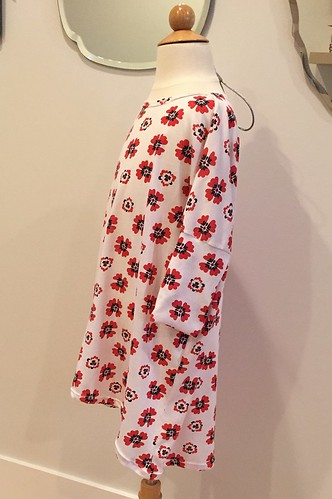
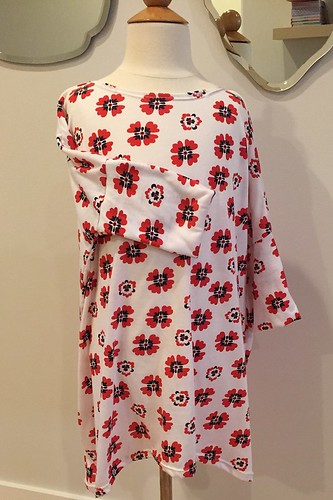

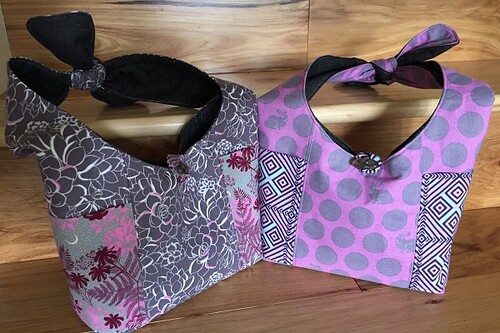



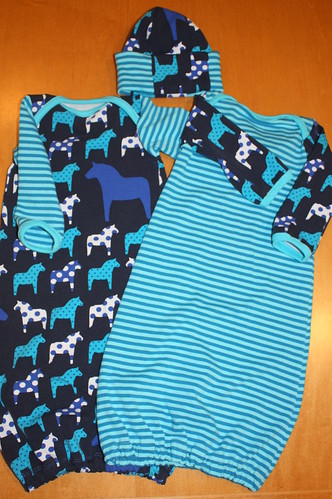


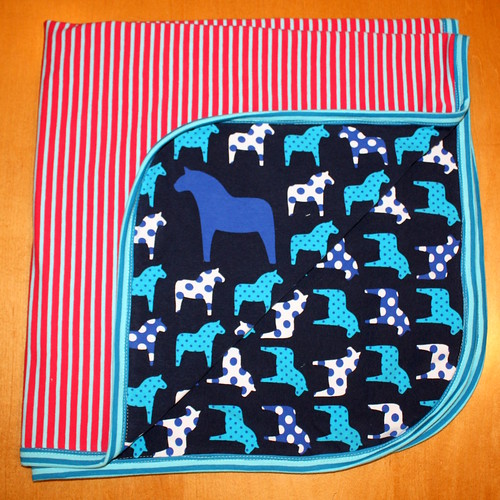



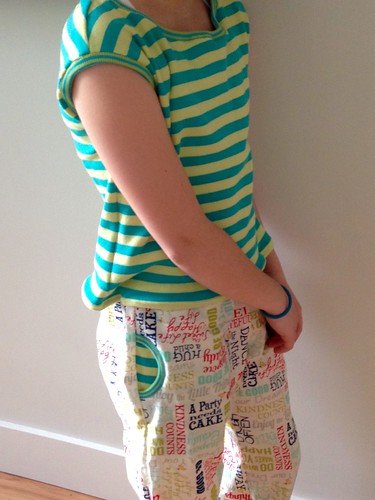


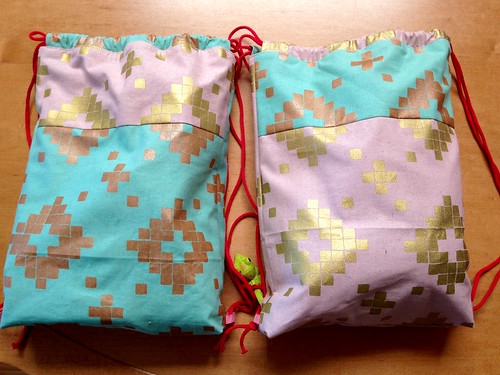








{ 0 comments… add one now }
You must log in to post a comment.